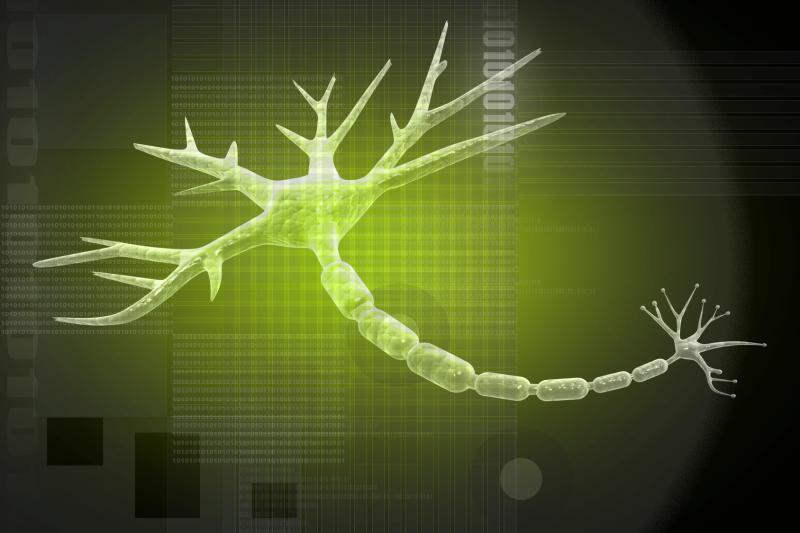
In the treatment of patients with developmental and epileptic encephalopathies (DEEs), the selective serotonin 5-HT2C receptor agonist bexicaserin is well tolerated and appears to reduce the frequency of countable motor seizures, according to a phase Ib/IIa study.
The study included 52 DEE patients aged 12–65 years who were taking up to four concomitant antiseizure medications. Following a 28-day baseline period, the patients were randomly assigned to receive bexicaserin (n=43) or placebo (n=9). The treatment period consisted of a 15-day flexible uptitration period (6, 9, or 12 mg three times daily, 5 days each) and a 60-day maintenance period on the highest tolerated dose. The primary outcomes were safety (adverse events) and change in countable motor seizure frequency.
Drug-related treatment-emergent adverse events (TEAEs) occurred in 28 bexicaserin-treated patients and in three of those who received placebo (65.1 percent and 33.3 percent, respectively). Bexicaserin was discontinued in seven patients (16.3 percent) during titration and in two (4.6 percent) during maintenance due to a TEAE, mostly somnolence.
A total of 35 patients in the bexicaserin group and nine in the placebo group completed titration, entered the maintenance period, and had ≥1 seizure measurement during the maintenance period (full analysis set). Countable motor seizure frequencies decreased by a median of 59.8 percent with bexicaserin and 17.4 percent with placebo. The beneficial effect of bexicaserin on countable motor seizure frequencies was seen across patients with Dravet syndrome (−74.6 percent), Lennox–Gastaut syndrome (−50.8 percent), or other DEE type (−65.5 percent).
In responder analysis, the percentage of patients achieving ≥50-percent reductions in countable motor seizure frequencies during the treatment period was 60 percent in the bexicaserin group vs 33.3 percent in the placebo group.